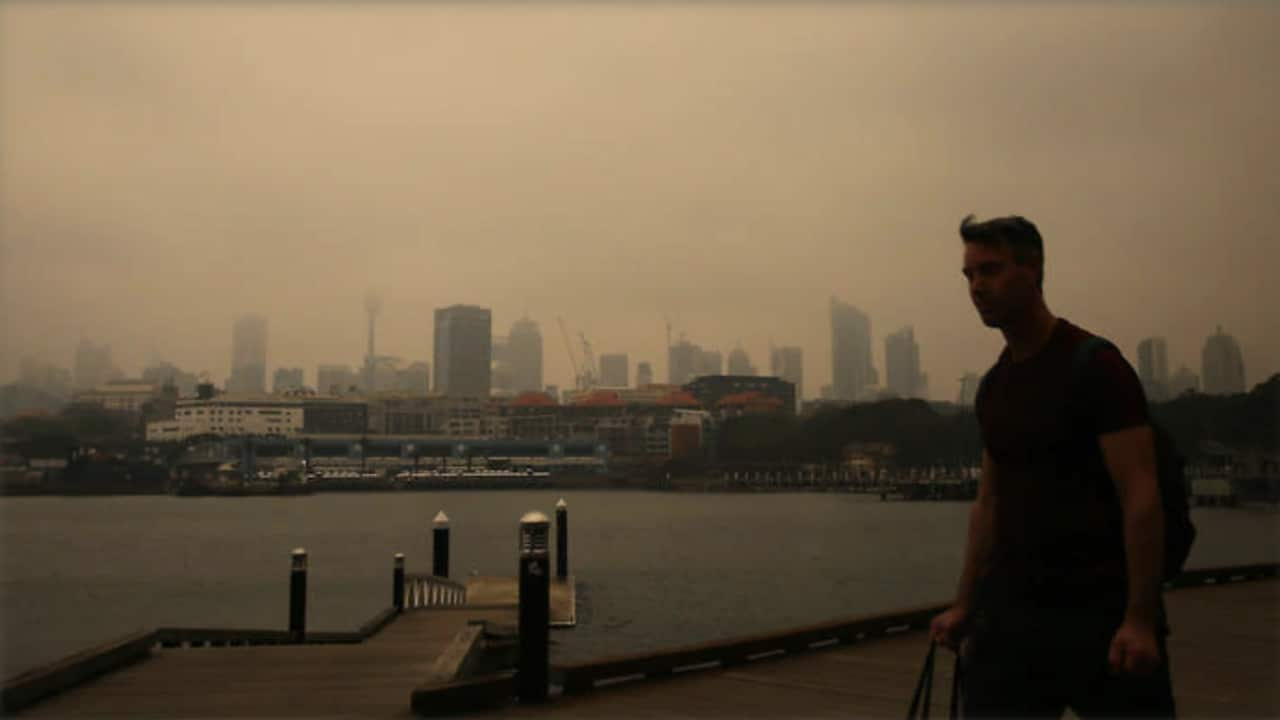On January 6th 2020 the Environment Protection Authority (EPA) issued a red level alert for the Air Quality in Melbourne predicting that it was to reach Very Poor and even Hazardous in the coming days.
By Monday afternoon, I found myself with dyspnoea, a hoarse voice and an intensely dry cough. When I decided to check myself in to the clinic just to be sure, I wasn’t aware of what was to follow. I was instantly put on a nebuliser, provided a corticosteroid and had to take a syrup every four hours to clear my airways.
Was I a previous asthmatic? No.
Was I aware of any other lung conditions? Absolutely not.
But for some reason, after exposure to smoke purely from my backyard, I had inhaled too many atmospheric aerosols and they affected my lungs. I wasn’t alone.
There is very little information on how citizens can protect themselves from the aftermath; and with little to no awareness on preventative measures, the risks can be life-threatening.
First, we have to understand what exactly we are breathing in from the national bushfires and why it is harmful.
Bushfires release smoke particles made of carbon – PM2.5 refers to a particle that is less than 2.5 micrometres in diameter; that is about three per cent of the diameter of human hair.
To put it into perspective, in a Very Poor categorised Air Quality, we are breathing in 2.5 micrometres of toxins. Due to their small size, they tend to stay longer in the air and can easily irritate our larynx or trachea, be inhaled into our airways or even enter the circulatory system.
“Due to the bushfires, the current concentrations of PM2.5 are higher than Beijing and Mumbai,” said Professor Yuming Guo, Head of the Monash Climate, Air Quality Research Unit in the School of Public Health and Preventative Medicine,
“The pungent smell of the air is very serious and can increase the risk of respiratory symptoms, cardiovascular disorder, eye symptoms or mental disorders.”
Common symptoms of smoke inhalation include:
- A cough
- Shortness of breath
- Hoarseness
- Headache
- Confusion, fainting or seizure in extreme cases.
Associate Professor Mark Hew, Head of Allergy, Asthma & Clinical Immunology at The Alfred advised that while everyone may be at risk of smoke inhalation, those with pre-existing conditions need to be particularly alert.
“People known to have asthma or COPD should ensure they are taking their prescribed preventive inhalers regularly as exposure to bushfire smoke is known to increase the risk of worsening those respiratory conditions,” he said.
However, symptoms such as breathlessness, chest tightness or chest discomfort may occur in people without any known lung disease and could be the first indication of one.
There are several ways to protect yourself from harmful bushfire smoke.
“A P2 or N95 mask is able to filter out PM2.5, but only if a perfect airtight seal is achieved around the mask. The mask can therefore be uncomfortable to wear for lengthy periods,” Professor Hew said.
He suggests to avoid any smoke-filled areas if possible or to remain indoors with the air-conditioning on, ensuring that it is in the recirculate mode.
He also stated that exercising outdoors during periods with a high concentration of smoke particles increase the risk of inhaling more.
Additionally, air purifiers, high-quality air conditioners with filters and being in a house with no air leaks are also great ways to protect yourself from the current air quality.
While the danger of smoke filled air is high in people’s minds as the bushfires continue to rage, Professor Yuming Gou expresses concerns that in the winter when the air may look clean, the pungent smell still circulates.
He advises that PM2.5 can also form from power plants, motor vehicles and dust storms. So while we may never be 100% protected from the particles in the air, it is vital that we are aware of the risks and look after ourselves in order to prevent any potential respiratory failure.











